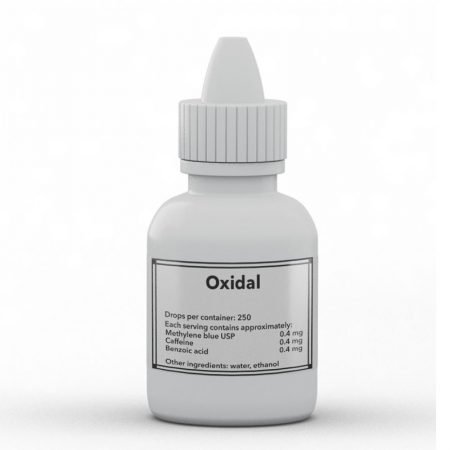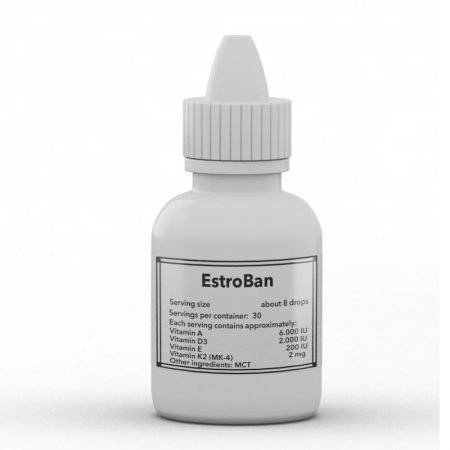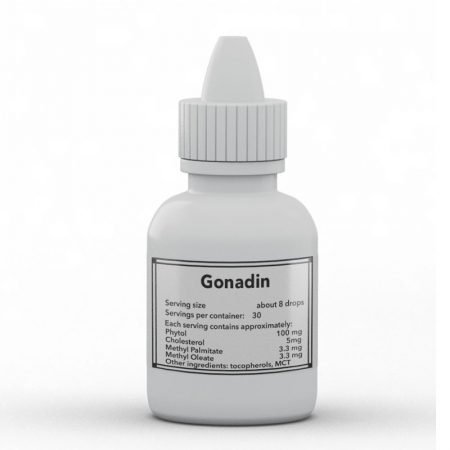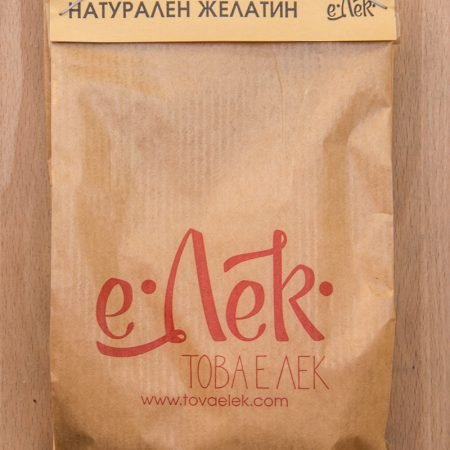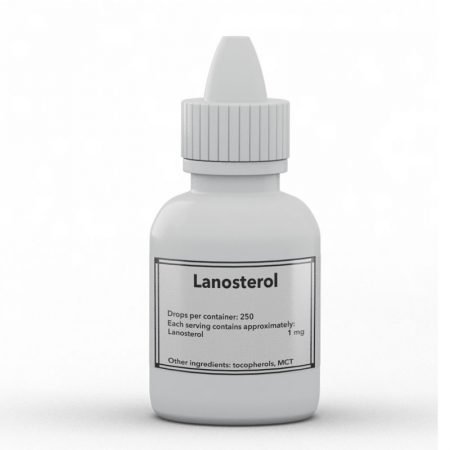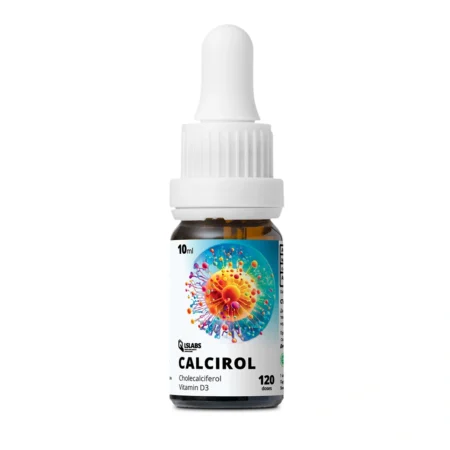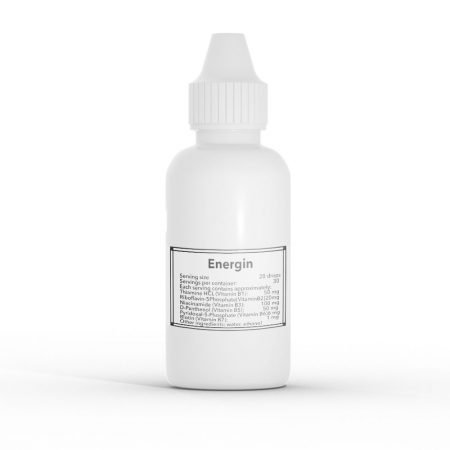Още едно проучване, което доказва причинно-следствената връзка между естрогена и рак, смятан за хормононезависим. Ракът на стомаха е една от водещите причини за смърт от рак в световен мащаб и особено в азиатските страни. Счита се, че е много труден за лечение и повечето пациенти се диагностицират в стадии, в които операцията не е подходяща. Поради това 5-годишната преживяемост е наистина ужасяваща и по някои показатели „съперничи“ на тази при рака на панкреаса. Някои по-стари проучвания показват силно намаляване на андрогенния индекс и увеличаване на естрогена/кортизола при пациенти с рак на стомаха от двата пола. За съжаление, по някаква причина това откритие изглежда не е имало последващи проучвания и не е променило/информирало клиничната практика.
https://www.ncbi.nlm.nih.gov/pubmed/150130
https://www.ncbi.nlm.nih.gov/pubmed/1364614
Сега, повече от 40 години след първите проучвания, свързващи стероидния дисбаланс с патологията на стомашния рак, ново проучване показва, че инхибирането на ароматазата може да бъде жизнеспособен подход за лечение на този вид рак. В изследването са използвани както ин-витро, така и ин-виво методи, а избраният химикал е стероидният, самоубийствен ароматазен инхибитор (АИ) екземестан (EXE). Дозите, използвани в in-vivo частта, съответстват на около 25 mg дневна доза, одобрена понастоящем за профилактика/лечение на рак на гърдата. Интересно е, че от всички тествани АИ само EXE има терапевтичен ефект. Според авторите това се дължи на факта, че EXE не само инхибира активността на ароматазата, но и понижава нейната експресия, така че клетките произвеждат много по-малко от нея. Експресията на ароматазата се увеличава силно при стареене, затлъстяване, стрес, диета с високо съдържание на ПНМК, липса на излагане на слънчева светлина, недостиг на витамин D и др. По този начин отново можем да посочим с пръст екологичните/метаболитните/диетичните фактори за причиняване на това заболяване.
https://www.ncbi.nlm.nih.gov/pubmed/31557413
“…As mentioned, two MOAs of ARIs were considered to test whether ARIs can be used for GCa therapy. Three ARIs (ARI‐I: anastrozole and letrozole, reversible inhibitor; and ARI‐II: exemestane, irreversible inhibitor) were introduced. Cytotoxicity (Figure (Figure22A,A,2B)2B) and colony formation capacity (Figure (Figure2C)2C) were measured, and the results revealed that exemestane had excellent cytotoxic against GCa cells. By contrast, we did not observe a significant cytotoxic effect of anastrozole or letrozole on GCa cells, implying that ARIs have a different mode of action in GCa. In addition, exemestane could suppress Ar expression at the transcriptional level (Figure (Figure2D).2D). The discrepancy in cytotoxic efficacy between ARI‐I and ARI‐II raised the question whether Ar expression but not enzymatic activity (concerting androgens to oestrogens) may be crucial for cytotoxic efficacy against GCa cells.”
“…The tumour size decreased with exemestane treatment in a dose‐dependent manner (Figure (Figure5A).5A). A low dose (10 mg/kg/mouse) of exemestane could reduce the tumour size by approximately 50%, and a medium dose (20 mg/kg) of exemestane could reduce the tumour size by approximately 70%. Furthermore, a low dose (5 mg/kg) of 5‐FU slightly reduced the tumour size (65%), but add‐on treatment with exemestane could suppress the tumour size by approximately 90% (Figure (Figure5B).5B). Notably, the bodyweights were comparable among all groups. Tumour weight was significantly reduced in mice treated with exemestane (P = .0002), but mice receiving a low dose of 5‐FU alone did not show significant tumour growth inhibition (P = .3895). In addition, exemestane and 5‐FU could synergistically promote anticancer efficacy (from P = .0263 to P = .007). Considering the effects of the treatments on the general wellness of the experimental mice, we divided tumour weight by bodyweight (Figure (Figure5C).5C). We used it as the basis to compare within the treatment groups. We determined that combination treatment was the best scheme for therapy.”
“…In this study, we observed that Ar is a crucial GCa prognostic biomarker. Suppressing Ar expression by using ARI‐II could be an excellent therapeutic strategy, particularly when ARI‐II is used in combination with 5‐FU. Additional pharmaceutical studies and human trials are encouraged.”
Източник:
- Колко пресни портокала са ви необходими, за да изчистите черния си дроб от мазнини?Ако имате омазнен черен дроб, включването на пресни портокали в……阅读更多:Колко пресни портокала са ви необходими, за да изчистите черния си дроб от мазнини?
- Хроничният стрес понижава допамина и причинява психични заболяванияДоказателствата за ролята на хроничния стрес в почти всички здравословни……阅读更多:Хроничният стрес понижава допамина и причинява психични заболявания
- Естрогенът и кортизолът, а не андрогените, потискат имунитетаВ биологията на възпроизводството има една много известна теория, която……阅读更多:Естрогенът и кортизолът, а не андрогените, потискат имунитета
- Инхибирането на ароматазата (за намаляване на естрогена) може да доведе до лечение на рак на стомаха.Още едно проучване, което доказва причинно-следствената връзка между естрогена и……阅读更多:Инхибирането на ароматазата (за намаляване на естрогена) може да доведе до лечение на рак на стомаха.
- Потиснатият имунитет, а не вирусите (HPV), може да е причина за рака на кожатаНаскоро публикувах няколко теми, свързани с имуносупресията и рака. Ето……阅读更多:Потиснатият имунитет, а не вирусите (HPV), може да е причина за рака на кожата


